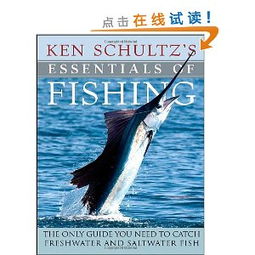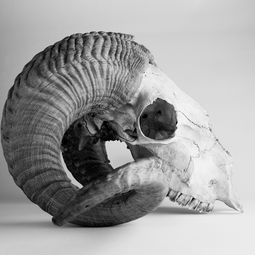Introduction: Fishing at reservoirs can be an enjoyable and rewarding activity. However, mastering the art of fishing in a reservoir requires some specific techniques and knowledge. In this article, we will provide you with a detailed guide to fishing techniques at reservoirs, along with helpful visual tutorials to enhance your fishing experience. Get ready to catch some big ones!
Choose the Right Equipment: Before heading out to a reservoir, make sure you have the appropriate fishing gear. Here's a list of essential equipment:
- Rod and reel: Select a rod and reel suitable for the type of fish you're targeting. Consider factors like length, power, and action.
- Line: Use the appropriate line strength for the fish you're after. Monofilament, fluorocarbon, and braided lines are commonly used.
- Lures and baits: Choose the right lures or baits based on the fish species and the reservoir's conditions.
- Hooks: Select hooks of the right size and shape for the fish you're targeting.
- Terminal tackle: This includes swivels, split shots, bobbers, and leaders.
Choose the Right Spot: Reservoirs offer a wide range of fishing spots, from shallow to deep areas. Here are some tips for selecting the best spot:
- Look for areas with structure, such as rocks, logs, and vegetation, as they tend to attract fish.
- Pay attention to the reservoir's contours, such as points, drop-offs, and ledges, as they often hold fish.
- Study the reservoir's map to identify prime spots and hotspots.
Timing is Key: Fishing success depends on timing, so it's crucial to understand the fish's feeding patterns:
- Fish are more active during the early morning and late evening hours. These periods are known as the "prime time" for fishing.
- Pay attention to the weather, as changes in temperature and barometric pressure can affect fish activity.
- Study the reservoir's water temperature and fish species' preferences to determine the best time to fish.
Baits and Lures: Here are some effective baits and lures for reservoir fishing:
- Live bait: Use natural baits like worms, leeches, and minnows to attract fish.
- Artificial lures: Soft plastics, spinnerbaits, crankbaits, and jigs are popular choices for reservoir fishing.
- Jigs: These versatile lures can be used in various techniques, such as Texas rigging, Carolina rigging, and drop-shotting.
Techniques and Presentations: Mastering different fishing techniques and presentations can significantly improve your chances of success. Here are some common techniques:
- Cast and retrieve: Cast your lure or bait out and retrieve it at a consistent pace to attract fish.
- Jigging: Work a jig by moving it up and down or side to side, triggering strikes from suspended fish.
- Still fishing: Attach your bait or lure to the bottom and wait for fish to come to you.
- Trolling: Drag your lure or bait along the bottom or through the water column at different speeds.
Visual Tutorial: Fishing Techniques at Reservoirs
Here's a step-by-step visual tutorial to help you master reservoir fishing techniques:
[Image 1: Selecting the right rod, reel, and line for reservoir fishing]
[Image 2: Identifying prime spots in a reservoir using a map]
[Image 3: Using live bait, such as worms, for reservoir fishing]
[Image 4: Casting a lure out into the water]
[Image 5: Working a spinnerbait by retrieving it with a steady pace]
[Image 6: Jigging a jig by moving it up and down]

[Image 7: Still fishing by attaching a bait to the bottom]
[Image 8: Trolling with a boat and a lure]
Conclusion: Fishing at reservoirs can be an exciting and rewarding experience. By understanding the techniques and applying the right strategies, you'll increase your chances of catching fish. Remember to study the reservoir's map, choose the right equipment, and be patient. With practice and persistence, you'll become a master of reservoir fishing!












